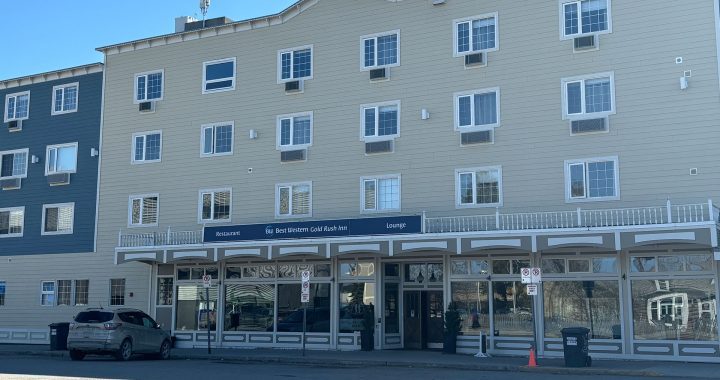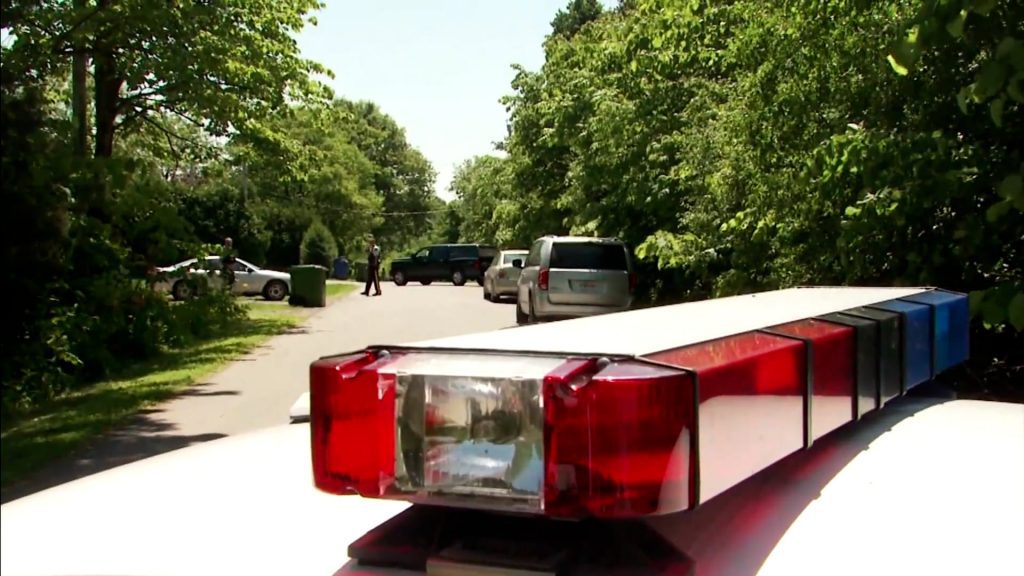
The executive director of the First Nations Chiefs of Police Association (FNCPA) says securing money is just one of the many steps in establishing a self-administered tribal police service.
Lennard Busch said even before that, a study must be done to determine the feasibility of starting a service within a particular community or region.
“Since 1991, since being in that (First Nations Police) program, almost a third of self-administered First Nations police services that were started have disbanded or failed. And we’ve learned that for a large part, it was the smaller police services that were running into problems,” said Busch.
“And that’s quite understandable—if you have a small police service say, with four or five police officers, one retires, and one quits and one gets sick, it’s really difficult to deliver the service and then they’re in trouble.”
Since the recent tragedy at James Smith First Nation where 10 people died and 19 were injured, leaders have made calls for tribal policing to be set up there.
Busch said larger police services have a better chance of success.
“We’re telling that to our communities and tribal councils that if possible, they should be looking at, where appropriate, having a regionalized police service. Get different Indigenous communities together and then put in a plan like that,” he said.
“Right now, there are a lot of different tribal councils applying to the federal government for a self-administered police service.”
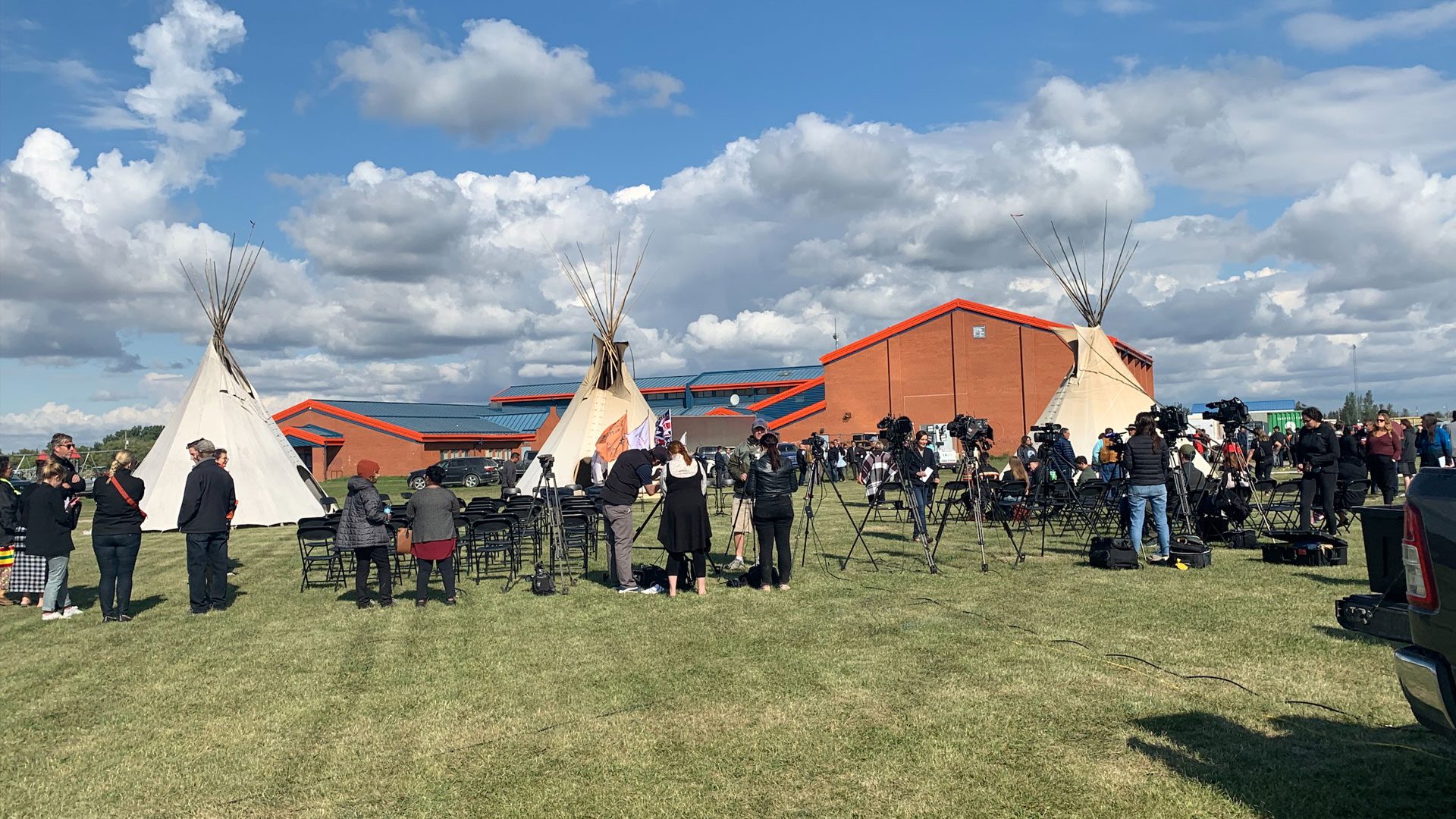
At an emotional news conference following the stabbing last week, Chief Wally Burns of the James Smith Cree Nation made a plea for their own tribal justice system, which would include a local police force of some kind.
“We have to make it loud and clear that we mean business. We got to protect our people,” Burns said. “We got to protect them because no people in Canada should be scared to go from here to there.”
But Busch said that could take time.
He said the First Nations and Inuit Policing Program is in the process of being revamped to make sure newly established services succeed.
According to Canada, a new budget for First Nations and Inuit policing includes, “$540.3 million over five years, beginning in 2021-22, and $126.8 million ongoing, to support First Nations and Inuit communities currently served under the FNIPP and expand the program to new First Nations and Inuit communities.”
But Busch said besides money, recruitment and retention are what he calls “a big risk factor” for not just First Nations, but also for the major police services, like the RCMP and the Ontario Provincial Police (OPP).
“That makes sense because if you don’t have the critical mass or the boots on the ground so to speak, it’s pretty hard to deliver all the other services and programs that you want to deliver,” Busch said.
“And I think it goes without saying that the image of policing has suffered over the last number of years because of incidents that have happened, not just in Canada but around the world that have kind of put the career of policing under the microscope. And it may not be an attractive career for young people as it perhaps once was in the past.”
Busch said they hope that working with youth and getting them involved with police through different programs can help turn that trend around.
“Even at the elementary school level, so that they can have a trusting relationship with the officers working in their communities,” Busch said.
But it doesn’t solve all their problems he added.
“We also have to push the fact that being a community protector is a traditional role. At one time, the warrior societies were answerable to chiefs and councils and were called upon to protect the community and help the community,” he said.
“And maybe we can put that lens to help that image (of police)as well.”
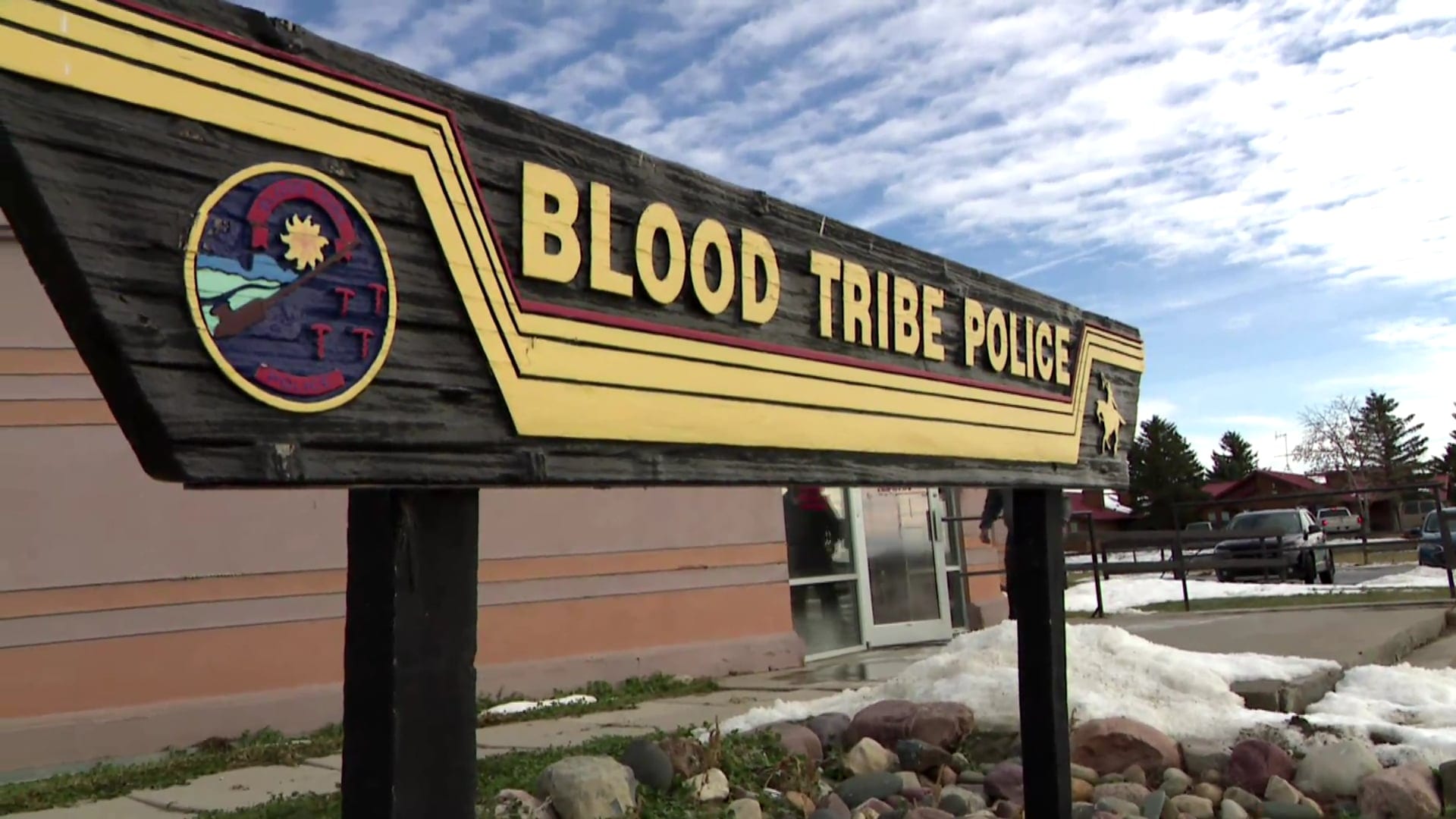
Another risk factor Busch identified is younger officers in smaller centers may not have a large executive to provide the ongoing training to bring them up through the ranks to eventually lead a police service themselves.
But he said the FNCPA is developing training programs to give officers the skills to lead a police service.
“Right now there is an ongoing process working with Public Safety Canada, the Assembly of First Nations, and the First Nations Police Chiefs Association to look at all these things. To work on proposed essential services legislation,” he said.
Busch said the current legislation is not working well and, “funding models, staffing models and all those things are on the table right now.”
He said consultation is underway with Indigenous communities and leaders to get their take on what they want to see in a police service and what their priorities are.
James Smith Cree Nation Chief Wally Burns said during a news conference last week that an arms-length autonomous police service that was culturally sensitive is what’s needed.
According to an expert in rural policing, with a lack of amenities, it’s even harder to recruit officers to come into rural communities.
“Young people, if you’re coming from a place like Montreal or Toronto – they’re vibrant cities,” said professor Rick Ruddell, a justice studies professor at the University of Regina.
“They might not be very enthusiastic about working in a community of two or 300 people, just in terms of their social lives.”
A similar narrative exists for veterans or established RCMP officers with families.
“Maybe they’re living in a community like Winnipeg or Saskatoon, and they’re transferred to a community of 300 people, sometimes they say ‘can my partner or spouse get a job here?’ or, ‘my kids, are they going to get the same kind of education that they would in the city, the same sort of opportunities?’” Ruddell said.
“It’s hard to recruit very young people. It’s hard to recruit established families to work in these communities whether it’s Indigenous or a standard rural community.”
But Ruddell said these challenges exist for other human services organizations not just policing.
Lac La Ronge Indian Band opened a state-of-the-art addiction treatment facility in June.
The Woodland Wellness Centre cost $16.1 million and is the first of its kind in northern Saskatchewan.
During a recent tour of the facility, its director said they’re currently trying to hire staff for the 24-bed centre, but it has been challenging.
The in-patient units have not opened because of staffing issues.
Response times push for community-based policing
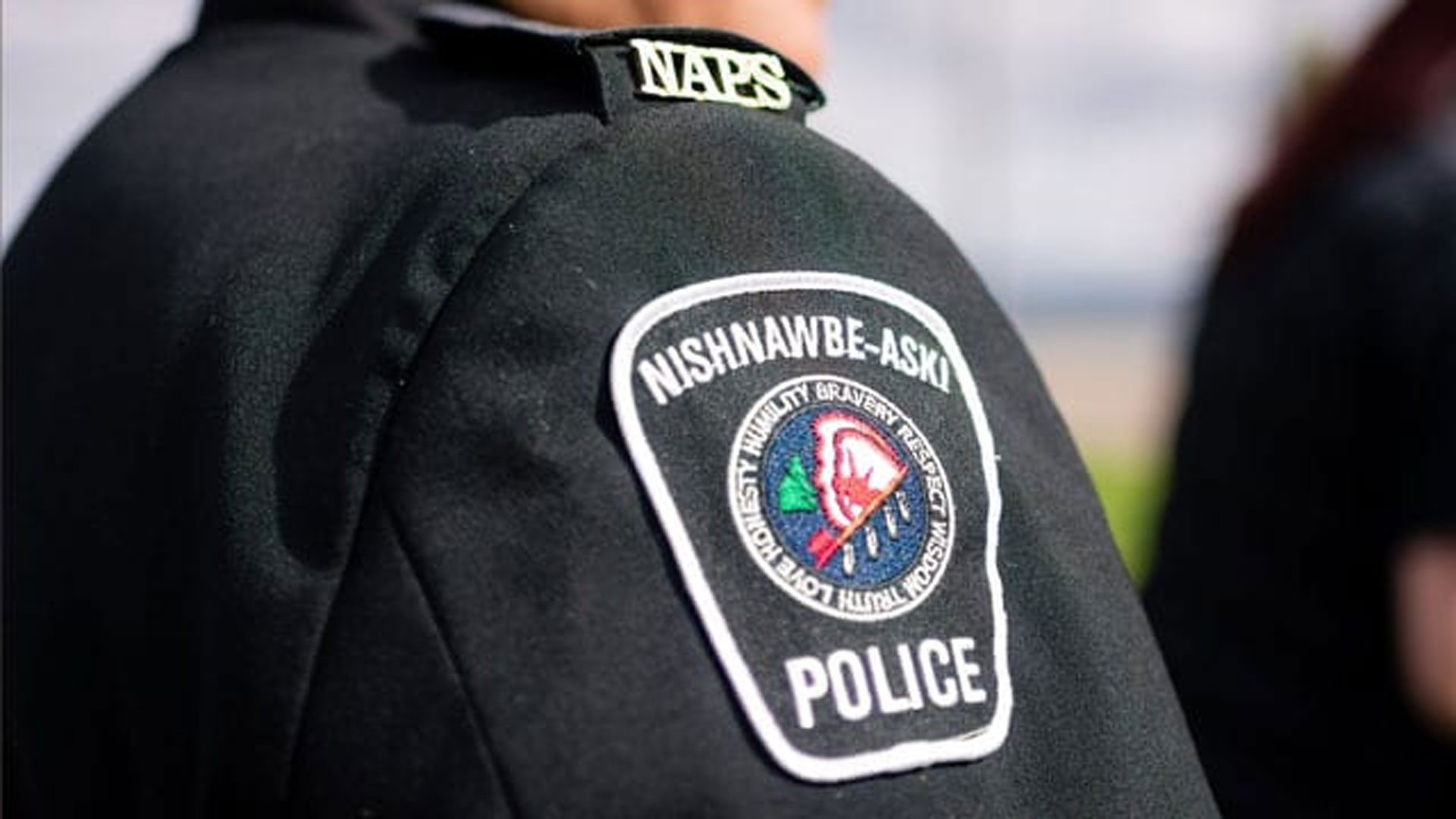
Meanwhile, Ruddell said in the area of policing, what many non-Indigenous officers end up doing is living off-reserve in a larger community and commuting.
But he said the communities lose out not having these families living there.
Ruddell added that rates of crime throughout rural Canada, not just on reserve, are getting higher and police are spread quite thin.
“I think that provincial governments have gotten away for a long time of doing policing on the cheap, and I think a lot of rural communities and Indigenous communities have become a little more vocal now on the services they receive,” Ruddell said.
“Response times are very lengthy in some cases, and a lot of people feel isolated and vulnerable in their communities, and that reduces their quality of life and it reduces the healthiness of the community interactions.”
Response times are one of the reasons Long Point First Nation in Quebec is pushing for its own police force.
In October 2021, after nearly 15 years of negotiations with the province, the community which is about 650 km northwest of Montreal, signed a deal to move forward with a tribal police service.
Even then, the chief had questions.
“Who is going to coordinate and supervise all of the operations – are we appointing an individual to assume that role and responsibility?” asked Long Point Chief Steeve Mathias. “Or is it going to be one of the police agencies to play that role?”
Long Point has about 800 citizens and finally came to an agreement with the Quebec government in July.
The community has set a deadline of 2023 for the province and leadership to work out the finer details including how the force will be structured and recruitment.
But it’s not clear whether that deadline is going to be reached.
The James Smith Cree Nation is served by the RCMP in Melfort, some 45 km away and a half-hour drive.
Response times to 911 calls were criticized by others at last week’s news conference.
“A lot of the times members make a call to some of the detachments, their call goes all the way to Regina,” Grand Chief Brian Hardlotte of the Prince Albert Grand Council said.
“Just imagine the response time on that.”
But Ruddell said it’s not just about putting more money into policing.
“(There needs to be) more spending in terms of community services to prevent crime,” Ruddell said. “There are so many strengths to living in these rural communities too, there’s a lot of benefits to staying in the community as well, and I’m not sure everyone can see that,” Ruddell said.
“I can sure understand why these folks want to stay in these communities and make the best of it.”
James Smith Cree Nation has an established crisis response team to deal with traumatic events but Ruddell said prevention is the ultimate goal.
“Let’s reduce the need for trauma teams, and bolster our need for preventative services if we can,” he said.
“If we could make even small changes that have an impact, we want to make the lives of these rural people better.”





